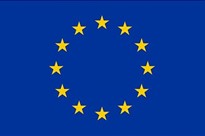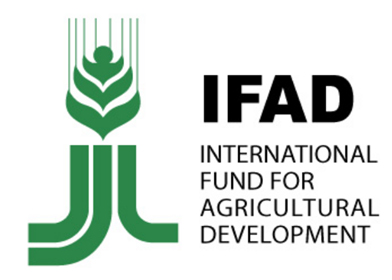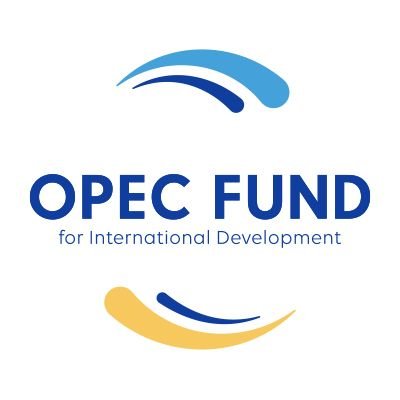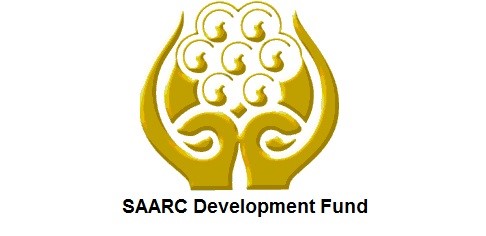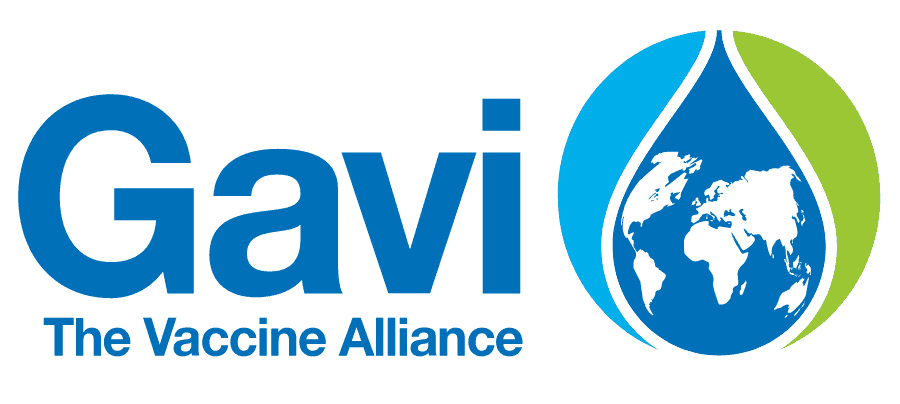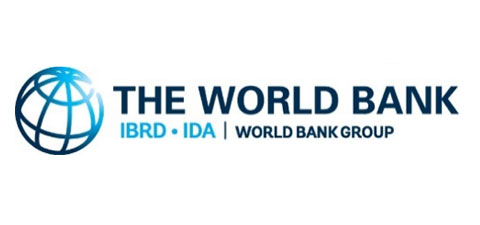
Asian Development Bank
Partnership of Nepal with ADB began in 1966 as its founding member. ADB is committed to achieving a prosperous, inclusive, resilient and sustainable Asia and the Pacific. ADB, based on Country Partnership Strategy (2020–2024), supports environmentally sustainable and private sector led growth in Nepal.
Organization
The Asian Development Bank (ADB), a multilateral development bank, was established in 1966. It is owned by 67 members, 48 of which are regional members from Asia and the Pacific providing 63.5% of its capital, and 19 non-regional members providing 36.5% of its capital. The headquarters of the Bank is in Manila, the Philippines.
The main instruments of ADB assistances are loans, technical assistance (TA), grants, guarantees, and equity investments. These instruments are financed through Ordinary Capital Resources (OCR), special funds, and trust funds.
ADB provides loan assistance through two windows, namely the OCR and Asian Development Fund (ADF). OCR is a commercial window for loans with market-based interest rates. To finance its OCR lending operations, ADB issues debt securities in the international and domestic capital markets.
Development Cooperation
The development partnership between Nepal and ADB began in 1966 when Nepal joined ADB as a founding member. ADB provides assistance to Nepal according to the provisions of its Charter, regulations and operational policies for ordinary operation, special operation and co-financing.
In addition, ADB has also approved assistance to Nepalese private sector undertakings under its non-sovereign operations. Non-sovereign operations comprise the provision of any loan, guarantee, equity investment, or other financing arrangement to privately held, state-owned, or sub-sovereign entities. Assistance is mostly in the form of loans, grants and technical assistance.
ADB actively undertakes annual country programming review exercises to promote policy dialogue and discuss sector development priorities; as well as project implementation challenges with the Government of Nepal and other development partners.
ADB is also a key contributor to the Nepal Portfolio Performance Review, organized between the Government and 13 development partners, to enhance the efficiency and effectiveness of the country’s development projects, and to move toward the adoption of the principles of the Paris Declaration for making aid more effective.
Major Support by Sector
The Top five sectors of ADB assistance are:
- Education
- Energy
- Urban development
- Drinking water
- Road Transportation

Large Projects
The followings are the five largest ADB funded projects selected from among the several ongoing projects:
- Power Transmission and Distribution Efficiency Enhancement Project;
- South Asia Sub Regional Economic Cooperation Power System Expansion Project (SASEC
- Disaster Risk Resilience for Public School Infrastructure and Communities Project;
- Second Kathmandu Valley Water Supply Improvement Project.
- Mugling - Pokhara Highway Improvement Project
Disbursement during FYs 2016/17 to 2020/21 (in US$)
Over a period of 5 years beginning from FY 2016/17 to FY 2020/21, ADB has disbursed a total of US $ 1810.8 million to Nepal. In terms of actual disbursement, it is the second highest-disbursing partner among multilateral DPs. The highest level of disbursement from ADB took place in fiscal year 2019/20, with an amount of US $ 611.4 million. The average annual disbursement over the five year from ADB is US $ 362.1 million.
In the last five-year period ADB has committed to provide US $ 3636.8 million to Nepal through separate agreements. The highest level of ADB commitment was made of an amount of US $ 1830.7 million in fiscal year 2018/19.
|
Fiscal Year |
Agreement Amount |
Disbursement |
|
2016/17 |
151,931,165 |
253,898,091 |
|
2017/18 |
437,225,000 |
291,693,735 |
|
2018/19 |
1,830,725,000 |
292,484,030 |
|
2019/20 |
661,000,000 |
611,453,523 |
|
2020/21 |
556,000,000 |
251,055,059 |
Source: Aid Management Information System
Note: The Agreement Amount is not comparable with disbursement because disbursement here accounts for disbursement of each fiscal year only, whereas Agreement Amount refers to the project cost over the period (not only for single fiscal year but also beyond).
Country Partnership Strategy (CPS)
ADB implements its development partnership through its ongoing Country Partnership Strategy (CPS). In September 2019 a five year country partnership strategy was agreed. As stated in the CPS, 2020–2024, the Asian Development Bank (ADB) has declared three objectives of its involvement:
- improved infrastructure for private sector-led growth,
- improved access to devolved services, and
- Environmental sustainability and resilience.
Updated
Agriculture and Industry Sector / iECCD
January 2022
References
- Asian Development Bank: https://www.adb.org/


